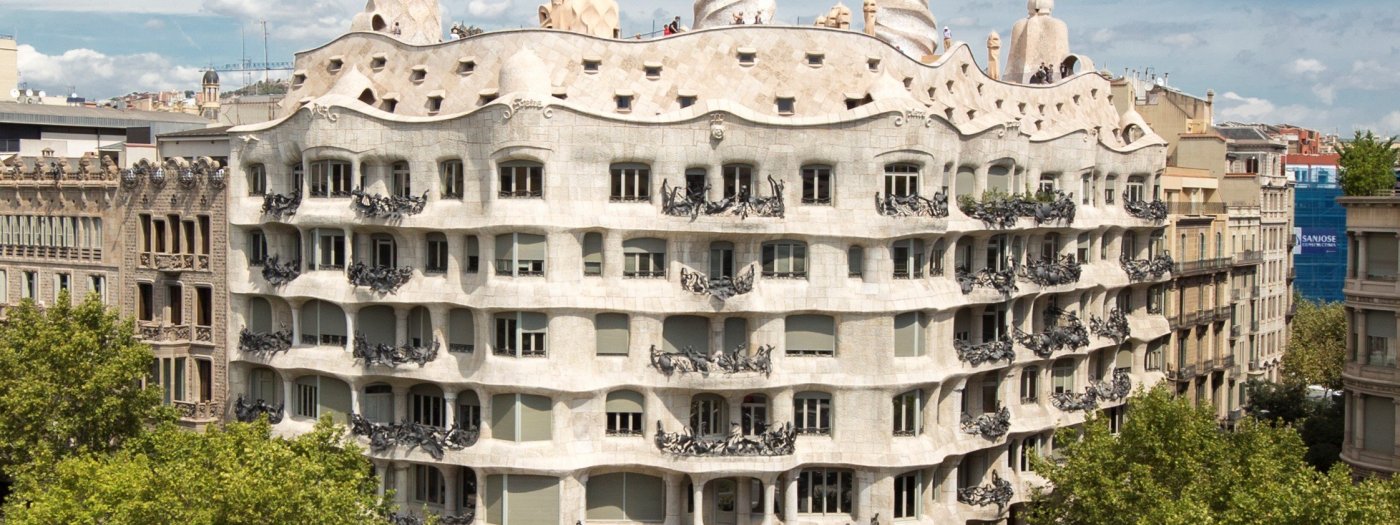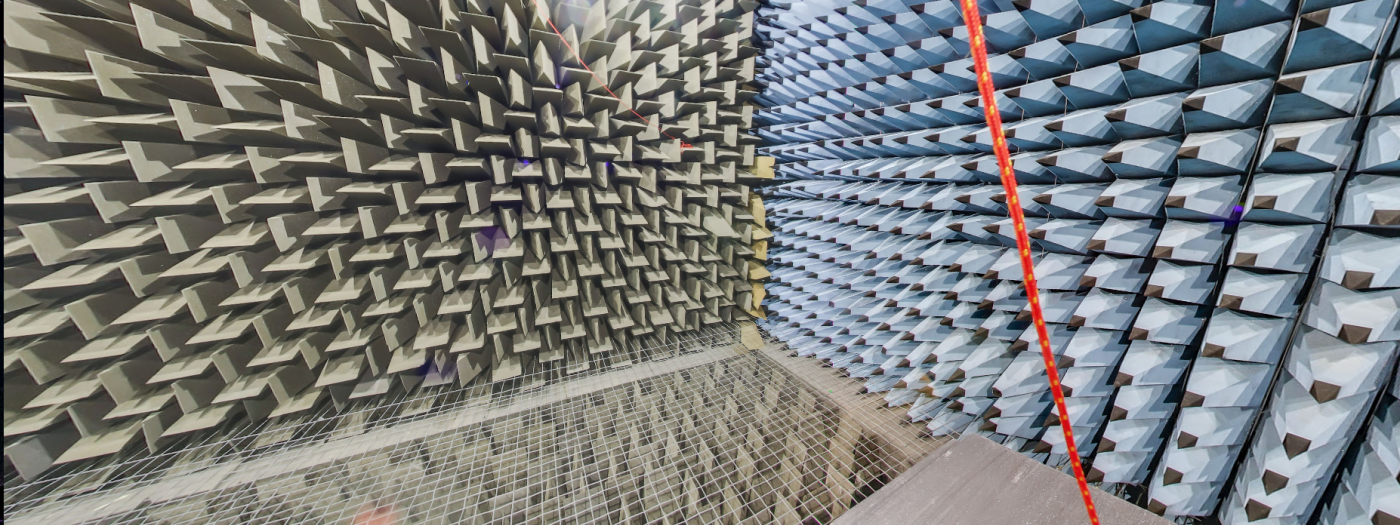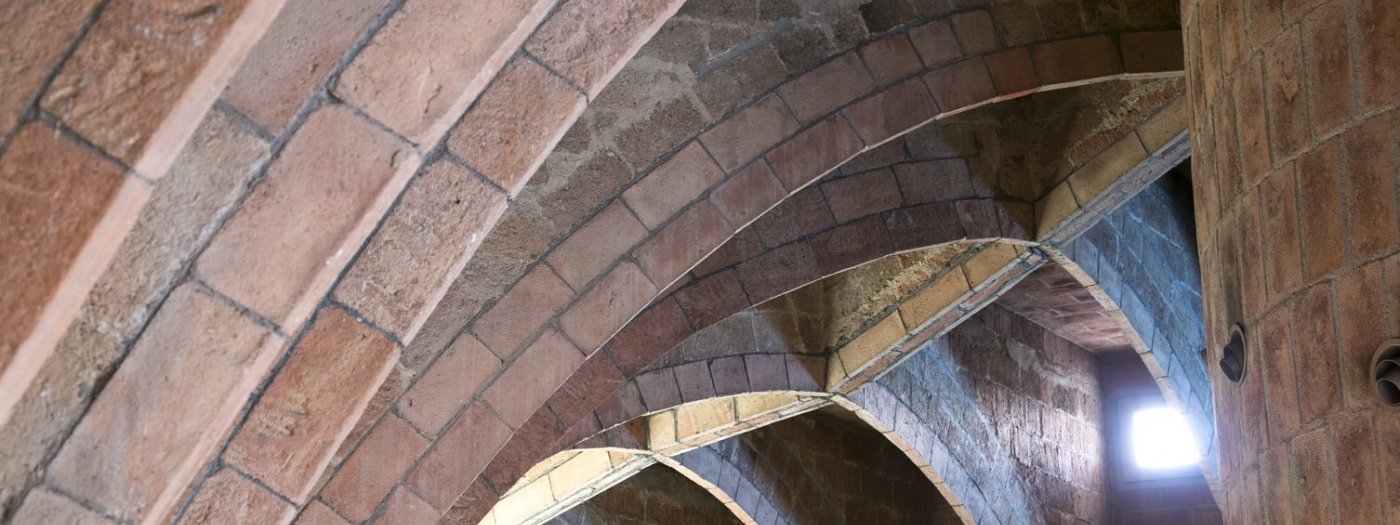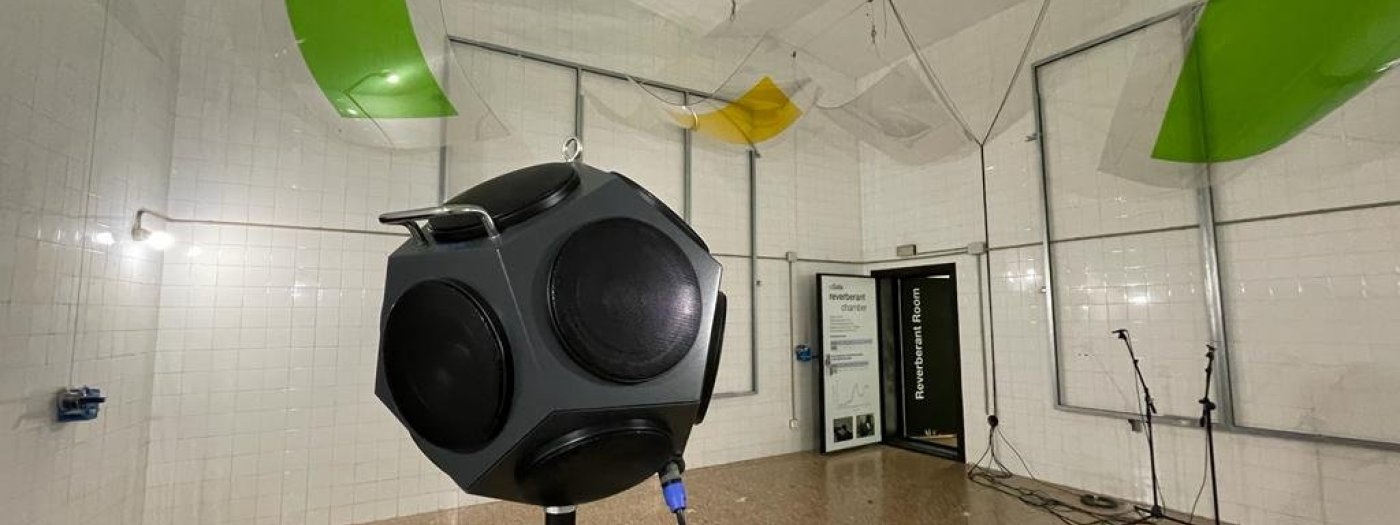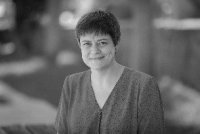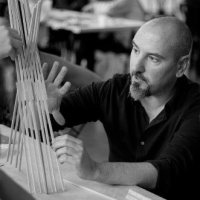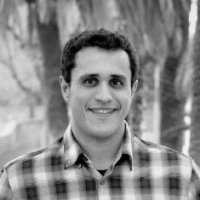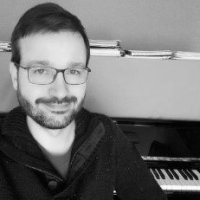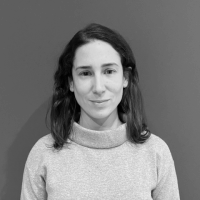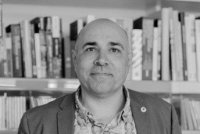Inhabiting Gaudí: an architecture and engineering approach to human comfort and buildings of the future.
At the intersection between architecture and engineering, this research project focuses on the concept of space as a socio-physical environment.
What does that mean? We live and work in places not only conditioned by their structure, but also by the perception we build from what we receive through our senses when we inhabit them.
This project offers, from architecture and technology, an approach to environmental psychology and the perception of the environment, analysing relevant variables such as colour, heat, light, ventilation, privacy and, especially, sound. All of them are involved in our perception of a place and are environmental stimuli directly linked to behavioural and emotional responses, and even to health. Topics that are gaining relevance in the architecture and engineering of the future.
We will have an exceptional case study to investigate and analyse, the Casa Milà, popularly known as La Pedrera, an iconic building in Barcelona, a UNESCO World Heritage Site, and the last private residence designed by the brilliant architect Antoni Gaudí.
We will work to understand the architecture and environmental factors that impact our acoustic perception, thus our comfort and health. Analysing different parts of the building and its interior soundscape, as part of its own character, and the imprint it leaves on the inhabitant; and also the influence of the external soundscape that enters through windows and balconies, the urban environment and its sounds (and noises), which influences the life in the place.
So, imagine yourself as Antoni Gaudí, the genius architect, and discover his thinking and how he designed the spaces in his extraordinary and renown buildings. Just by doing a quick search on the Internet, you will notice that he not only paid attention to function or form but to many other parameters. He carefully observed and was inspired by nature to design and build singular spaces.
Taking Gaudí's original design of La Pedrera as a starting point, we will learn about the brilliant solutions he proposed, and we will also look at the evolution over the years. We will use technology and new knowledge provided by architecture and engineering to analyse the current reality of the building and its behaviour, and we will discover what La Pedrera can tell us today, through its interior and exterior soundscape.
On the one hand, the analysis of the socio-physical environment will be carried out with the help of descriptions of the techniques, concepts and solution used by Gaudí in the design and construction of La Pedrera to respond to all the requirements of a residential building (heat and ventilation, privacy, light, sound...).
On the other hand, we will work to understand the sound: from its physical propagation to its impact on life, looking at the perception of sound and noise, and its impact to inhabitant’s mood and wellbeing by understanding how citizen science can help us to gather this valuable information. To this end, the acoustics quality of rooms we will be assessed by means of objective technical measurements using sound level meters, among other instrumentation, but also through perceptual evaluations based on citizen science.
The first experiments will be conducted in the Acoustics Lab of La Salle R&D Campus, which contains a reverberant chamber and a full anechoic chamber, two singular spaces that easy the comprehension of the physical nature of sound. Afterwards, we will apply the learned techniques to study in deep the different spaces of La Pedrera. We will try to understand in situ the reasons of Gaudí that lead him to the design, and the impact that the soundscape of the building (indoors and outdoors) still has nowadays to inhabitants.
This project is addressed to students interested in Architecture and Engineering.
- To understand the relevance of the sociophysical environment in relation with the architecture narrative and the perception of the person.
- To learn from the basic techniques used by the genius architect Gaudí in La Pedrera-Casa Milà to face the challenges in terms of light, ventilation, sound and heat more than 100 years ago.
- To approach the concept of soundscape in an emblematic building, to understand it in nowadays language and environment.
- Smartphone
- Laptop

